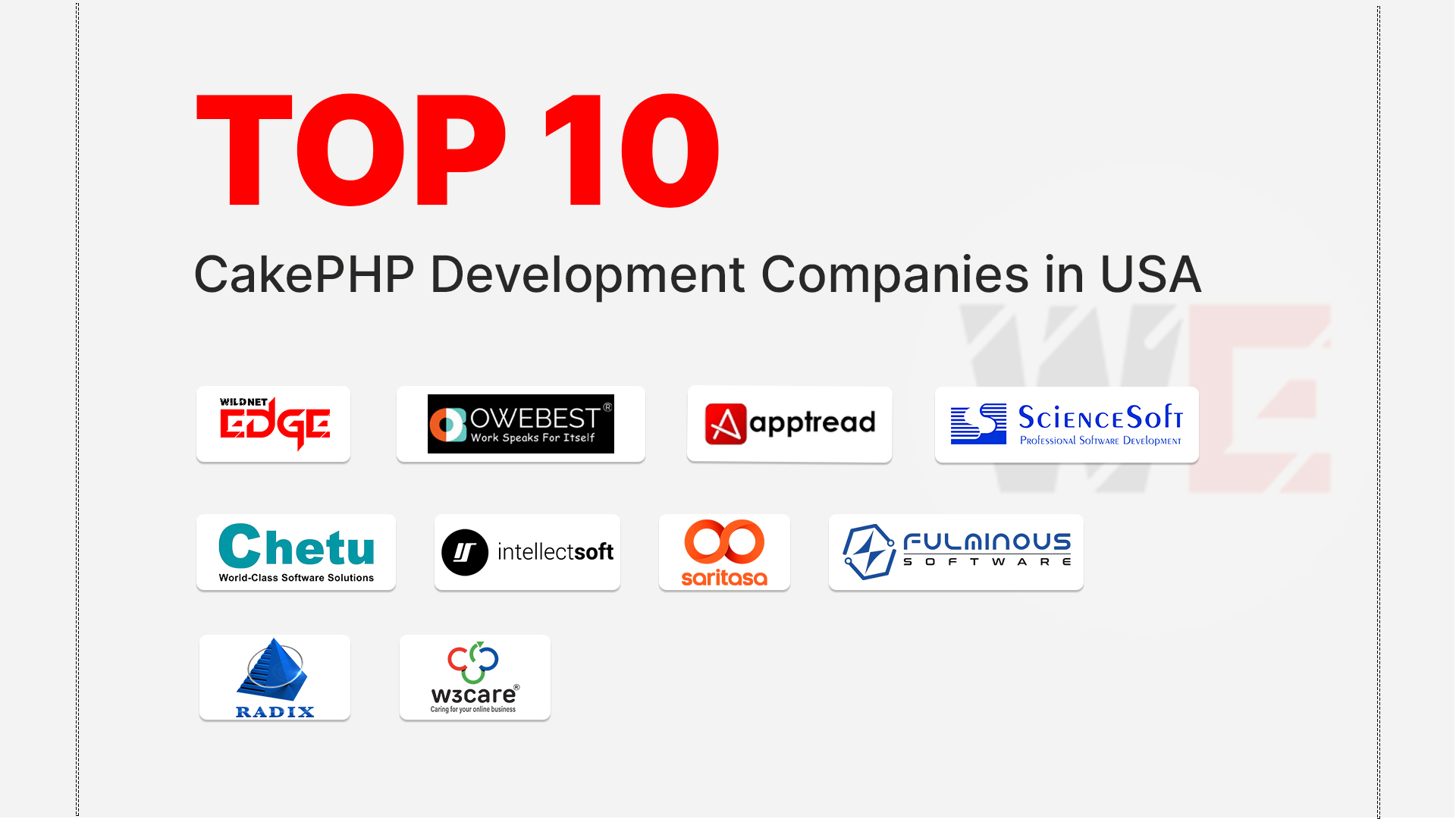TL;DR
For any business, sales efficiency is directly tied to revenue. This guide explains how to leverage Salesforce sales automation to eliminate manual tasks and empower your sales team. It covers the core benefits, such as accelerating the sales cycle, improving lead management, and gaining data-driven insights for better forecasting. The article explores specific examples, from lead assignment to quote generation, showcasing how these powerful CRM sales tools work in practice.
In any sales organization, the best salespeople should spend their time doing one thing: selling. Yet, a huge portion of their day is often consumed by manual administrative tasks such as updating records, sending follow-up emails, and creating reports. This drains revenue potential. The solution is Salesforce sales automation, a powerful way to streamline your operations and let your team focus on what they do best.
What is Salesforce Sales Automation?
Salesforce sales automation uses the Salesforce platform to automate the repetitive, manual tasks within your sales cycle. Instead of relying on our sales reps to remember every follow-up or manually update every record, we can build intelligent, automated workflows that handle these tasks for them.
This goes far beyond a simple to-do list. It involves using a suite of advanced CRM sales tools to manage leads, score opportunities, and move deals through the pipeline with minimal human intervention. It’s about creating a consistent, efficient, and data-driven sales machine that runs 24/7.
Key Benefits of Automating Your Sales Processes
Implementing automated sales workflows is a strategic business decision that delivers a powerful return on investment.
Increased Sales Productivity
This is the most direct benefit. According to Salesforce’s own research, sales reps spend an average of only 28% of their week actually selling. The rest is spent on administrative tasks. By automating these tasks, you give that time back to your sales team. This allows them to make more calls, send more proposals, and ultimately close more deals, dramatically boosting productivity.
Faster Lead Response Time
In sales, speed is critical. A lead that is contacted within the first five minutes is significantly more likely to convert. Salesforce sales automation can instantly assign new leads to the right sales rep and send an automated, personalized welcome email. This ensures that every new prospect gets an immediate response, maximizing your chances of conversion.
Improved Data Accuracy and Forecasting
Manual data entry is prone to human error. When reps are rushing, they can make mistakes that lead to an inaccurate view of your sales pipeline. With automated sales workflows, many data entry points can be automated, ensuring your CRM data is clean and reliable. This leads to much more accurate sales forecasting, which is essential for making smart business decisions.
Top 5 Sales Processes You Can Automate with Salesforce
Here are some of the most impactful processes you can automate right away.
1. Lead Assignment and Routing
When a new lead comes in, We can set up rules to automatically assign it to the right person based on criteria like territory, company size, or product interest. This eliminates manual assignment and ensures a fast follow-up.
2. Email Follow-ups and Nurturing
We can create a series of automated emails to nurture new leads over time. These campaigns can be triggered by specific actions, such as a user downloading a whitepaper, to deliver relevant content at the perfect moment.
3. Task and Reminder Creation
You can automatically create tasks and reminders for your sales team. For example, you can set up a rule that creates a follow-up task for a rep two days after they send a proposal. This ensures that nothing ever falls through the cracks.
4. Quote Generation and Approval
Creating quotes can be a time-consuming process. With Salesforce CPQ (Configure, Price, Quote), you can automate much of this workflow. Reps can quickly generate accurate quotes, and you can set up automated approval processes for discounts or special terms.
5. Sales Reporting and Dashboards
Instead of manually compiling data for weekly reports, you can use Salesforce to create dynamic dashboards that update in real time. This gives you and your team an instant, accurate view of key metrics like pipeline status, team performance, and forecast accuracy. For many businesses, the first step is a professional Salesforce Implementation to set up this foundation.
Our Salesforce Automation Services in Action: Case Studies
Case Study 1: Accelerating the Sales Cycle for a B2B Company
- The Challenge: A B2B software company was struggling with a long and inefficient sales cycle. Leads were not being followed up on in a timely manner, and the sales team was spending too much time on administrative work.
- Our Solution: We worked with them to design and implement a series of automated sales workflows in Salesforce. This included instant lead routing, automated email nurturing sequences, and task reminders for every stage of the sales pipeline.
- The Result: The company reduced its average sales cycle by 30%. Lead response time dropped from hours to minutes, and the sales team reported a 50% increase in the amount of time they spent actively selling.
Case Study 2: Streamlining Quoting for a Manufacturing Firm
- The Challenge: A manufacturing company had a complex pricing structure, and their sales team was creating quotes manually in spreadsheets. This was slow and led to frequent pricing errors.
- Our Solution: We provided Salesforce Development Services to implement and customize Salesforce CPQ. We built automated rules to handle their complex pricing and set up an automated approval process for discounts.
- The Result: The time it took to generate an accurate quote was reduced by 90%. Pricing errors were virtually eliminated, which improved both customer satisfaction and profit margins.
Our Technology Stack for Salesforce Automation
We use the full suite of Salesforce’s powerful CRM sales tools to build your automation engine.
- Core Platforms: Salesforce Sales Cloud, Salesforce CPQ
- Automation Tools: Process Builder, Flow, Apex Triggers
- Integration Platforms: MuleSoft, Zapier
- Analytics: Salesforce Reports & Dashboards, Tableau
Conclusion
Salesforce sales automation is a transformative strategy for any business that is serious about growth. We can create a more efficient, productive, and data-driven sales organization by implementing intelligent, automated sales workflows. It allows us to get the most out of our powerful CRM sales tools and empowers your team to focus on building relationships.
At Wildnet Edge, our AI-first approach to Salesforce Consulting means we don’t just automate your current processes; we help you design smarter workflows that leverage AI for predictive lead scoring and intelligent forecasting, giving you a sustainable competitive advantage.
FAQs
The ROI typically comes from three areas: increased revenue from higher sales productivity, lower operational costs due to fewer manual hours, and improved customer retention from faster and more consistent follow-up.
No, it’s designed to augment them. Salesforce sales automation handles the repetitive, low-value tasks, which frees up your talented sales reps to focus on the strategic, relationship-building activities that only a human can do.
You can Automate Business Processes throughout the entire sales funnel. While the final closing of a deal often requires a human touch, nearly all of the administrative and follow-up tasks from initial lead assignment to post-sale check-ins can be automated.
While the platform is powerful, you can start small. You can begin by automating one or two high-impact processes, like lead assignment. As your business grows, you can add more sophisticated automated sales workflows.
The first step is a process review. Work with your sales team to map out your current sales cycle and identify the most significant bottlenecks and time-consuming manual tasks. This will allow you to create a prioritized roadmap for automation.
Both are powerful CRM sales tools for automation. Process Builder is a simpler, point-and-click tool for creating “if/then” rules. Flow is a more powerful and flexible tool that can handle more complex logic and user interactions. An expert will help you choose the right tool for the job.
A key part of a successful automation strategy is a robust Salesforce Integration. You can create seamless, end-to-end automated workflows across your entire business by connecting Salesforce to marketing platforms, ERP, and other systems.

Nitin Agarwal is a veteran in custom software development. He is fascinated by how software can turn ideas into real-world solutions. With extensive experience designing scalable and efficient systems, he focuses on creating software that delivers tangible results. Nitin enjoys exploring emerging technologies, taking on challenging projects, and mentoring teams to bring ideas to life. He believes that good software is not just about code; it’s about understanding problems and creating value for users. For him, great software combines thoughtful design, clever engineering, and a clear understanding of the problems it’s meant to solve.
 sales@wildnetedge.com
sales@wildnetedge.com +1 (212) 901 8616
+1 (212) 901 8616 +1 (437) 225-7733
+1 (437) 225-7733































